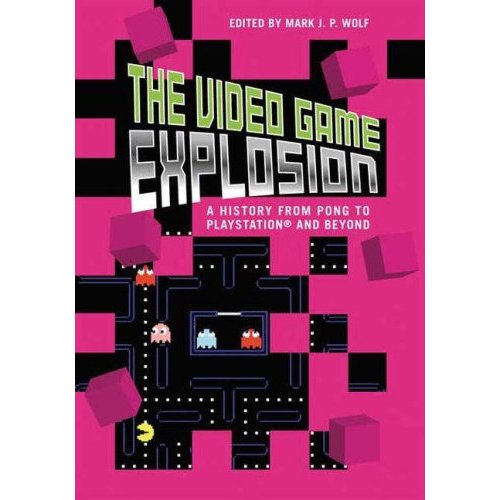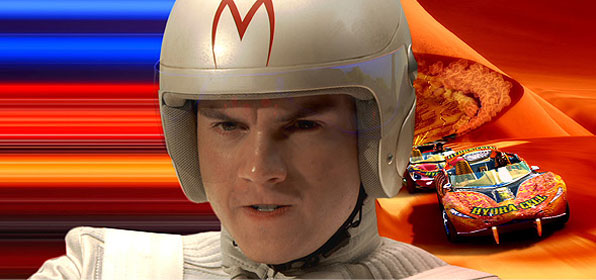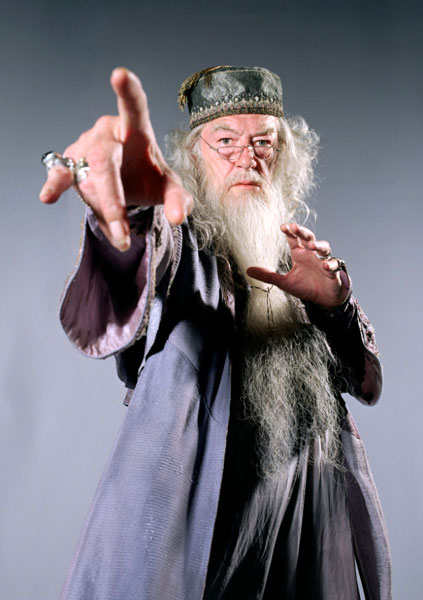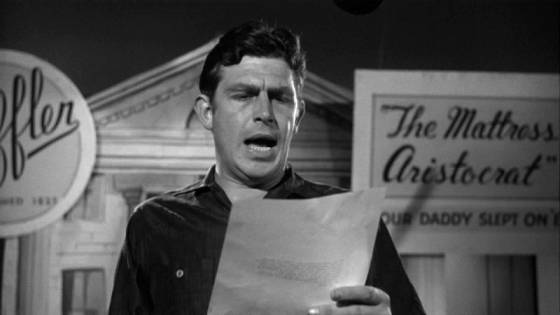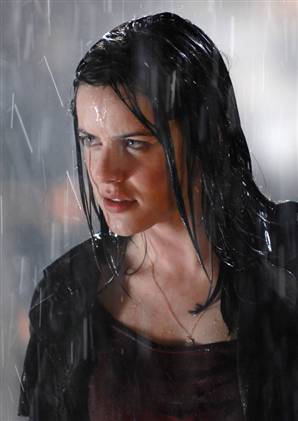FlowTV’s new issue is out (or, given its online nature, up): a special edition on Battlestar Galactica, guest-edited by Lynne Joyrich and Julie Levin Russo with the help of FlowTV’s editorial liaison Jean Anne Lauer. My own contribution, Downloads, Copies, and Reboots: Battlestar Galactica and the Changing Terms of TV Genre, uses Galactica’s storied evolution — its many iterations and reinventions — as a springboard for thinking about how industrial replication structures TV as well as ways of talking about TV: in particular, the emergence of terms like reboot and showrunner, which seem to me laden with implications about how TV is being reconfigured in the popular (and industrial) imaginary.
Here’s an excerpt:
Ronald D. Moore’s Battlestar Galactica is, of course, a remake or — his preferred term — “reimagining” of Glen A. Larson’s Battlestar Galactica, which ran from 1978-1979. Even in that first, Carter-era incarnation, the show occupied an undecidable space between copy and original; it was judged by many, including George Lucas and 20th Century Fox, to be a bald steal of Star Wars (1977). (Evidence of thievery was not merely textual; two of Lucas’s key behind-the-scenes talents, conceptual artist Ralph McQuarrie and visual-effects guru John Dykstra, defected to the Galactica team.) And following its first cancellation by ABC, the series was followed by the much-loathed “relaunch,” Galactica 1980, which ran just ten episodes before dying on the Nielsen vine.
The irony is not just that the 1978-1980 versions of Battlestar Galactica have now come to be seen as canonical by a subset of fans who reject Moore’s version as being GINO (“Galactica In Name Only”). Popular culture, especially from the 1950s onward, is marked by an alchemical process of nostalgia by which even the most derivative texts (Star Wars being the chief example) grow a callus of originality simply through continual shoulder-bumping with the ripoffs, sequels, and series that follow. Such is the nature of the successful media franchise, doomed to plow forward under the ever-increasing inertia of its own fecund replication.
No, what’s striking about the many iterations of Galactica is how cleanly the coordinates of its fantasy lure have flipped over time, illustrating the ability of genre myths to reconfigure themselves around new cultural priorities. Larson’s Battlestar Galactica, even in its heyday, was pure cheese, a disco-hued mélange of droning chrome robots, scrappy space cowboys, a cute mechanical dog, and endless space battles (whose repetitive nature can be attributed to the exigencies of weekly production; as with the first Star Trek, pricey optical effects were recycled to amortize their cost). Back then, it was fun to fantasize planetary diaspora as effervescent escape; the prospect of being chased from our homeworld by cyclopean robots with a mirror finish seemed, by the late seventies, as giddily implausible as Ronald Reagan moving into the White House.
But nowadays, the dream embodied in Battlestar Galactica has inverted frictionlessly into nightmare. The shift in tone is reflected in a new design scheme of drably militaristic grays and browns, brutal drumbeats on the soundtrack, and jittery camerawork on both actors and spaceships — thanks to the digital-effects house Zoic, whose signature visuals lend zoomy, handheld verisimilitude to the combat scenes. It all comes inescapably together to suggest a very different mindset: hunted, paranoid, and starkly conscious of the possibility of spiritual, if not physical, annihilation.
What I do see Battlestar Galactica bringing to the table with fresh force is the useful concept of the reboot as a strategy for dealing with franchise fatigue. A liberating alternative to the depressingly commercial and linear “sequel,” the reboot signals a profound shift in how we perceive and receive serial media. We are coming to see serial dramas as generative systems, more about ground rules and conditions of possibility than events or outcomes. (And I would argue that the only sane serial aesthetic is one that allows for occasional misfires; one bad episode does not a series invalidate.) Like the terms canon and retcon, the reboot borrows from brethren like comic books and print lit. Like the term game-changer, it characterizes TV production in computational terms, as ludic algorithm. And like the term show-runner, it signals our growing comfort with the notion of series as industrial product, indeed, as series: a potentially unending churn of a diegetic engine rather than a standalone text.
Other articles include Anne Kustritz on fans and producers; Melanie E. S. Kohnen on history and technology; Sarah Toton on fan-generated databases; and a conversation with Galactica star Mary McDonnell.


